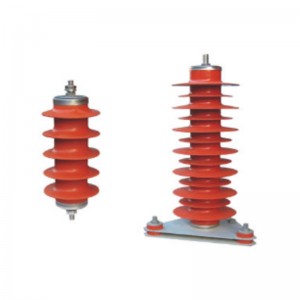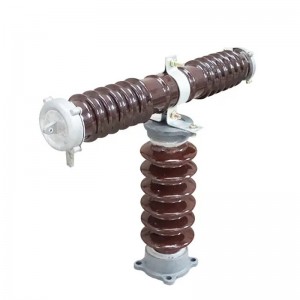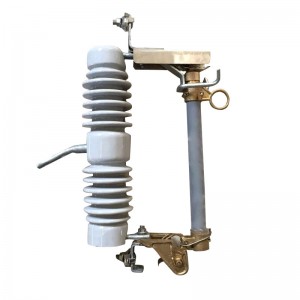Power Arrester
Basic Knowledge of Electric Arrester
Definition: It can release lightning or both power system operating overvoltage energy, protect electrical equipment from transient overvoltage (lightning overvoltage, operating overvoltage, power frequency transient overvoltage shock), and can cut off freewheeling without causing An electrical device that causes a short circuit to the system ground.
Function: When the overvoltage occurs, the voltage between the two terminals of the arrester does not exceed the specified value, so that the electrical equipment is not damaged by the overvoltage; after the overvoltage is applied, the system can quickly return to the normal state to ensure the normal power supply of the system.
Several indicators involved in the power arrester
(1) Volt-second characteristic: refers to the corresponding relationship between voltage and time.
(2) Power frequency freewheeling: refers to the power frequency short-circuit grounding current flowing through after the lightning voltage or overvoltage discharge ends, but the power frequency voltage still acts on the arrester.
(3) Self-recovery ability of dielectric strength: the relationship between the dielectric strength of electrical equipment and time, that is, the speed of recovery to the original dielectric strength.
(4) The rated voltage of the arrester: the large power frequency voltage that the gap can withstand after the power frequency freewheeling current crosses zero for the first time, and will not cause the arc to reignite, also known as the arc voltage.






